By Film Noir Blonde and Mike Wilmington
The Film Noir File is FNB’s guide to classic film noir, neo-noir and pre-noir on Turner Classic Movies (TCM). The times are Eastern Standard and (Pacific Standard). All films without a new review have been covered previously in Film Noir Blonde and can be searched in the FNB archives (at right).
Pick of the Week: Summer of Darkness Chapter 5
Each Friday, throughout July, running from dawn to dusk and back again, TCM is whistling up practically every classic film noir you can think of. Curated and hosted by the Czar of Noir himself, Eddie Muller of the Film Noir Foundation and the Noir City film festivals in Los Angeles, San Francisco, Chicago and other big bad towns where people prowl around after midnight, TCM’s Summer of Darkness is one festival of classic dreams and nightmares you won’t want to miss.
Friday, July 3
6 a.m. (3 a.m.): “Johnny Belinda” (Jean Negulesco, 1946).
8 a.m. (5 a.m.): “Key Largo” (John Huston, 1948). Humphrey Bogart and Edward G. Robinson are pitted against each other in this tense adaptation of the Maxwell Anderson play. Bogie is a WW2 vet held hostage (along with Lauren Bacall and Lionel Barrymore) during a tropical storm by brutal mobster Robinson and his gang. Claire Trevor, as a fading chanteuse, won the Best Supporting Actress Oscar.
10 a.m. (7 a.m.): “The Lady from Shanghai” (Orson Welles, 1948).
11:30 a.m. (8:30 a.m.): “The Bribe” (Robert Z. Leonard, 1949). Cabaret torcher Ava Gardner pours it on for cop Robert Taylor, Charles Laughton and Vincent Price. A lot of footage from this lesser-known black-and-white romantic suspenser wound up in Steve Martin and Carl Reiner’s film noir parody “Dead Men Don‘t Wear Plaid.”
1:15 a.m. (10:15 a.m.): “Scene of the Crime” (Roy Rowland, 1949). Van Johnson and Arlene Dahl in a sexy mystery thriller.
3 p.m. (12 p.m.): “They Live by Night” (Nicholas Ray, 1949).
4:45 p.m. (1:45 p.m.): “The Threat” (Felix Feist, 1949). Charles McGraw takes a con’s revenge.
6 p.m. (3 p.m.): “White Heat” (Raoul Walsh, 1949). “Top of the world, Ma!” James Cagney screams, in one of the all-time great noir performances and last scenes. Cagney’s character is Cody Jarrett, a psycho gun-crazy gangster with a mother complex.
Edmond O’Brien is the undercover cop in Cody’s gang, Virginia Mayo is Cody’s faithless wife, and Margaret Wycherly is Ma. One of the true noir masterpieces.
8 p.m. (5 p.m.): “The Big Clock” (John Farrow, 1948).
9:45 p.m. (6:45 p.m.): “The Window” (Ted Tetzlaff, 1949).
11:15 p.m. (8:15 p.m.): “Shadow on the Wall” (Pat Jackson, 1950). A sensitive child (Gigi Perreau) thinks she’s a witness to a family slaying. With Zachary Scott.
12:45 a.m. (9:45 a.m.): “High Wall” (Curtis Bernhardt, 1947). Murder and psychiatry, with Robert Taylor and Audrey Totter.
2:30 a.m. (11:30 p.m.): “The Long Goodbye” (Robert Altman, 1973).
4:30 a.m. (1:30 a.m.): “Marlowe” (Paul Bogart, 1969).
Sunday, July 5
10 a.m. (7 a.m.): “The Band Wagon” (Vincente Minnelli, 1953). With a brilliant dance parody of Mickey Spillane with Fred Astaire and Cyd Charisse. Also on at 4:15 p.m. (1:15 p.m.) on Wednesday, July 8.
5:15 p.m. (2:15 p.m.): “West Side Story” (Robert Wise, 1961).
Monday, July 6
6:15 p.m. (3:15 p.m.): “Pete Kelly’s Blues” (Jack Webb, 1955).
Tuesday, July 7
8:30 a.m. (5:30 a.m.): “Doctor X” (Michael Curtiz, 1932).
10 a.m. (7 a.m.): “Mystery of the Wax Museum” (Michael Curtiz, 1933).
Thursday, July 9
8:15 a.m. (5:15 a.m.): “Finger of Guilt” (“The Intimate Stranger“) (Joseph Losey, 1956). A blackmail thriller about a persecuted director (Richard Basehart), set in the world of British studio filmmaking, and directed (under the pseudonym “Joseph Walton“), by blacklist victim Losey.
10 a.m. (7 a.m.): “Time Without Pity” (Joseph Losey, 1957).
11:30 a.m. (8:30 a.m.): “Dead of Night” (Alberto Cavalcanti, Basil Dearden, Robert Hamer, Charles Crichton, 1945).
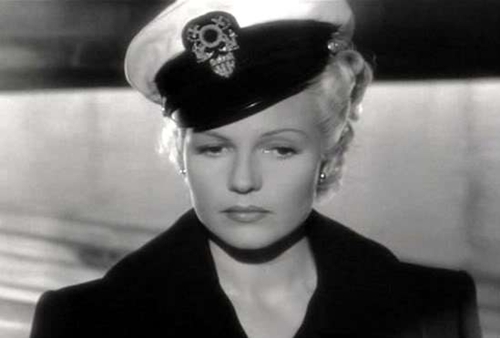
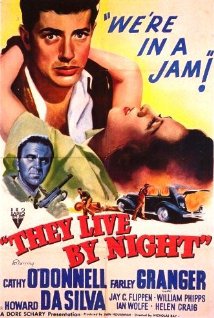






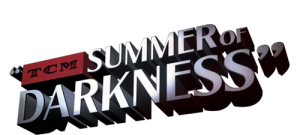

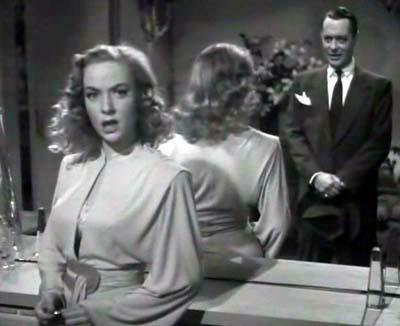
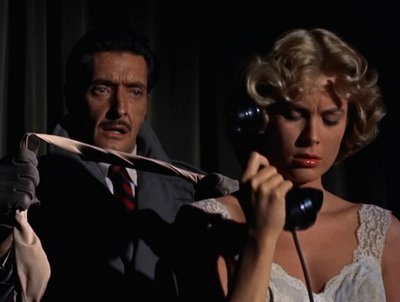
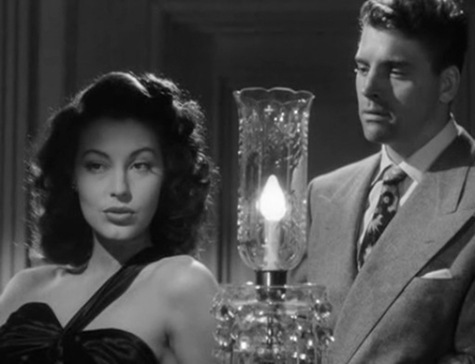
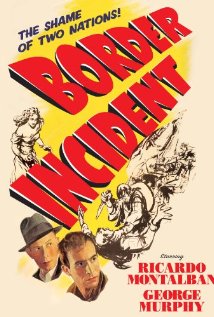
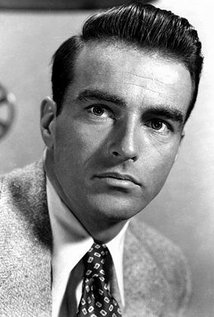
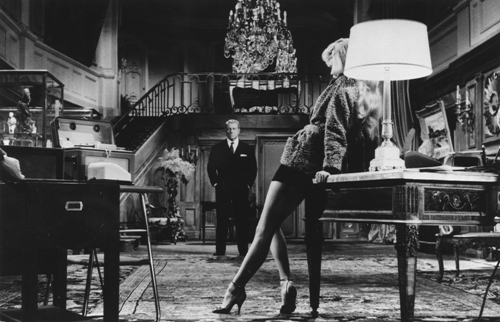
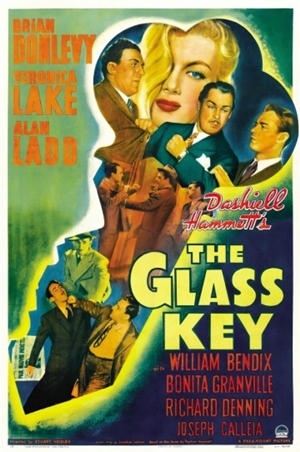
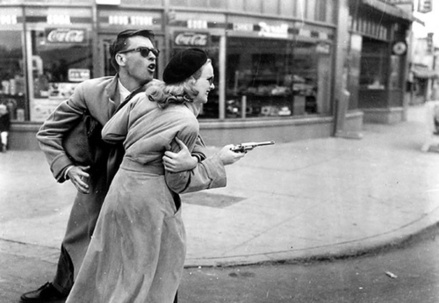
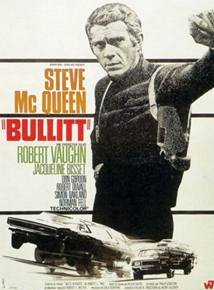
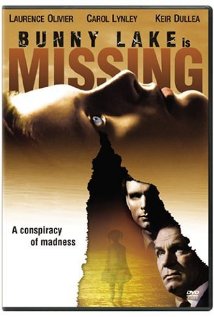
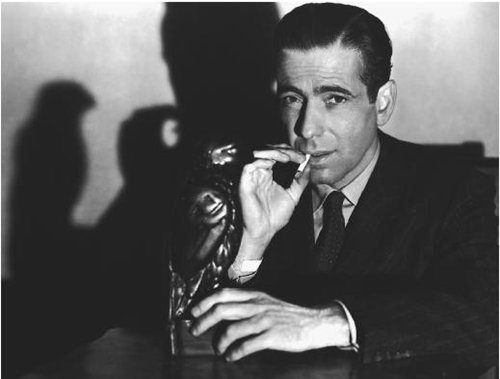
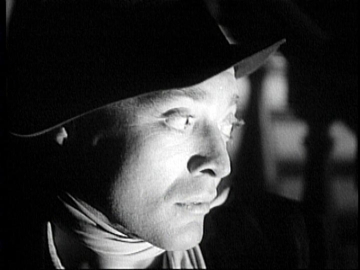
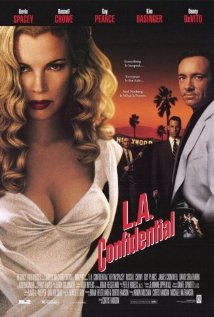
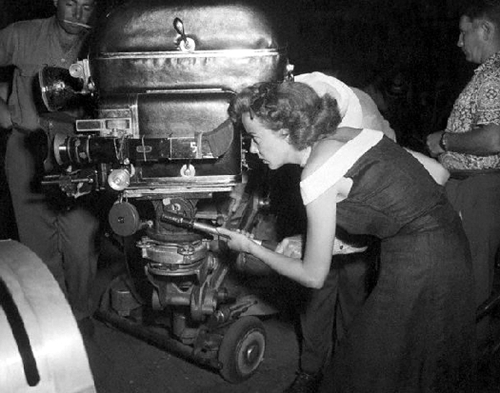
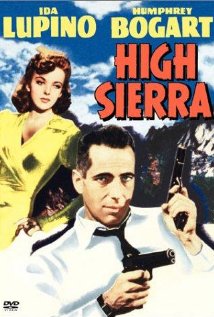
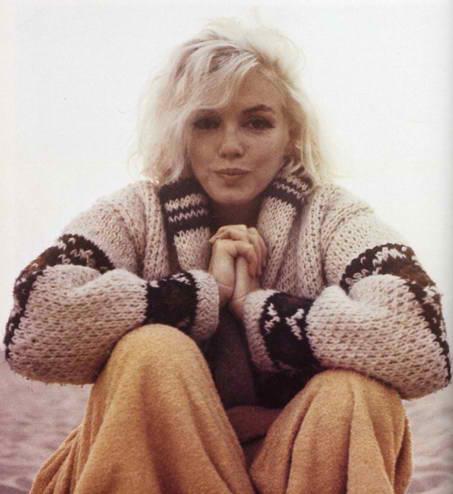
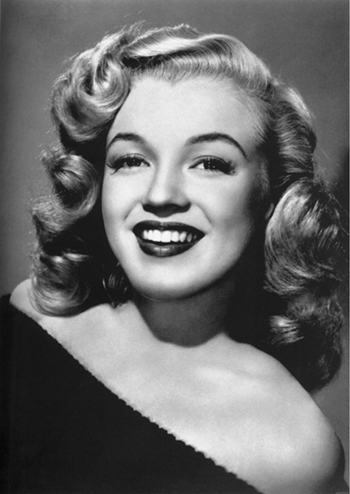
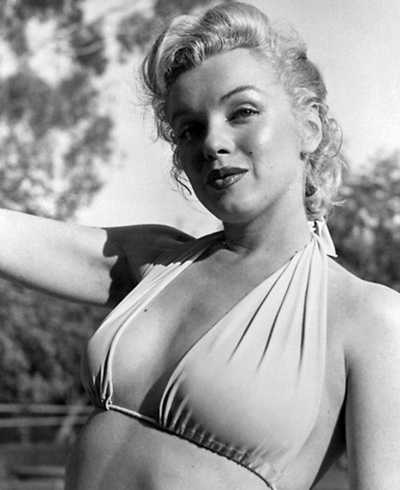
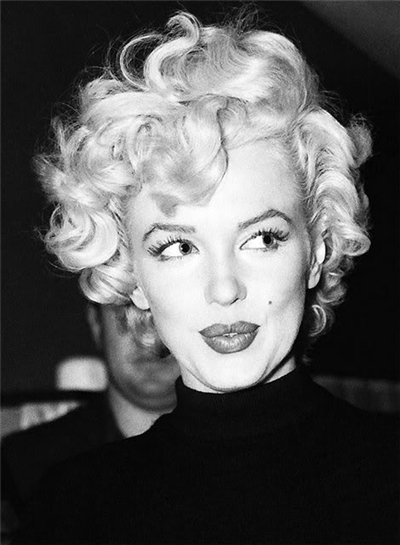
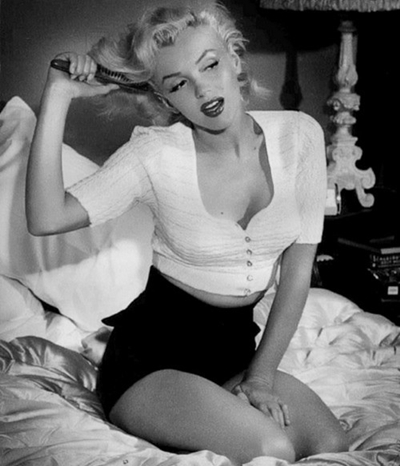
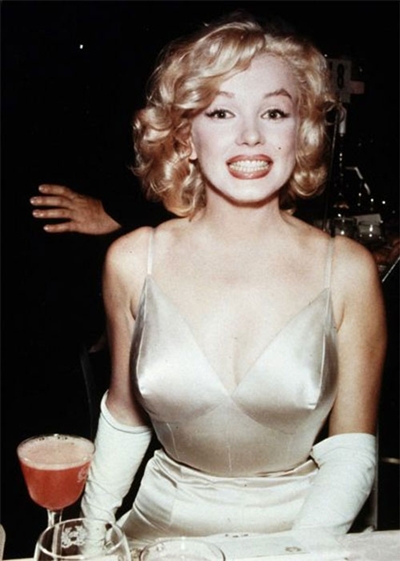
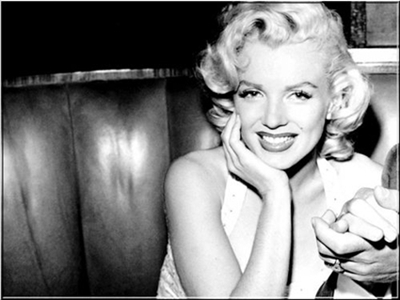
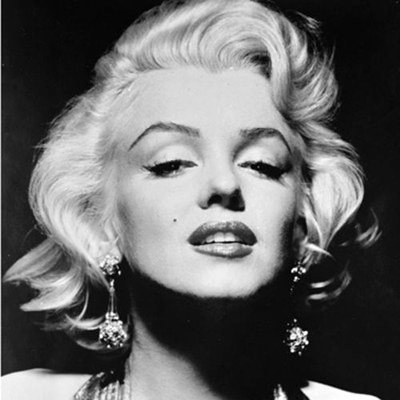
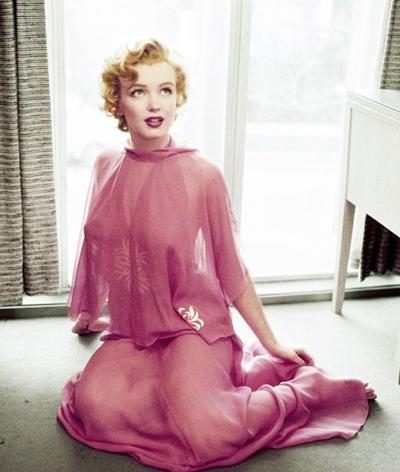
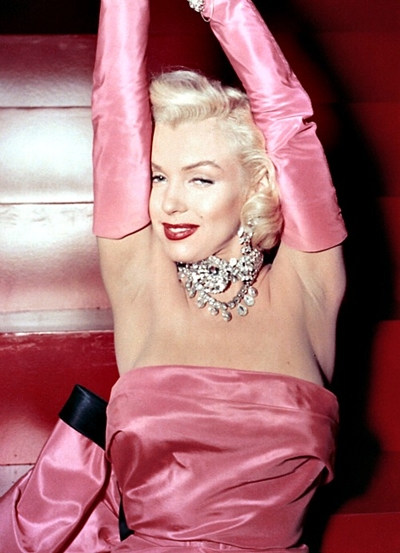
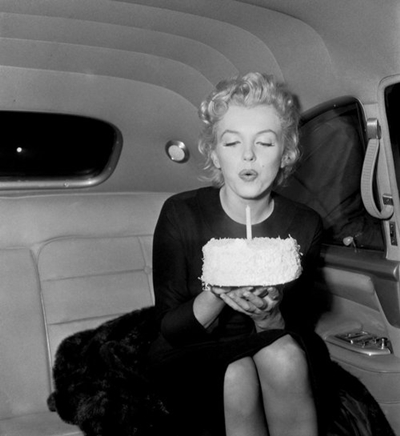
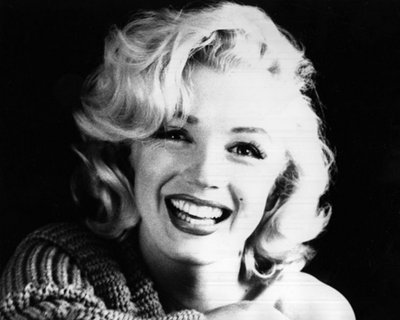
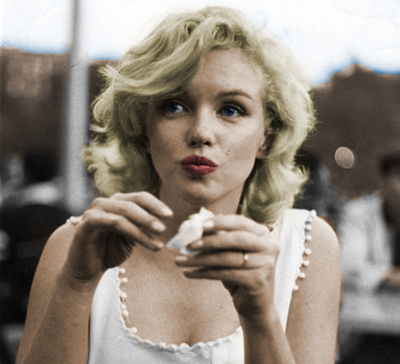
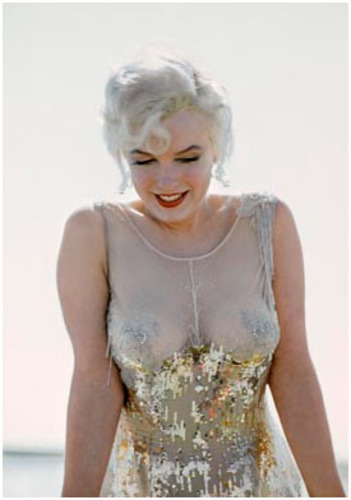
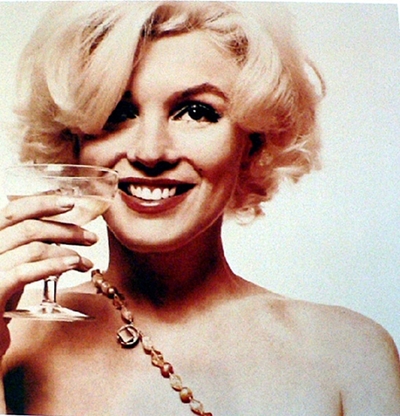
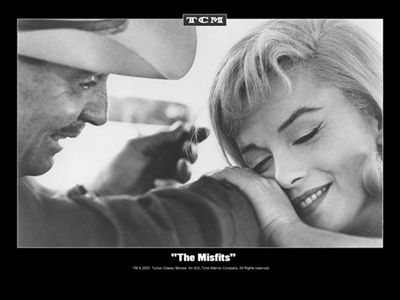
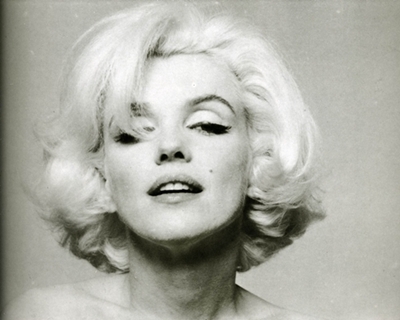
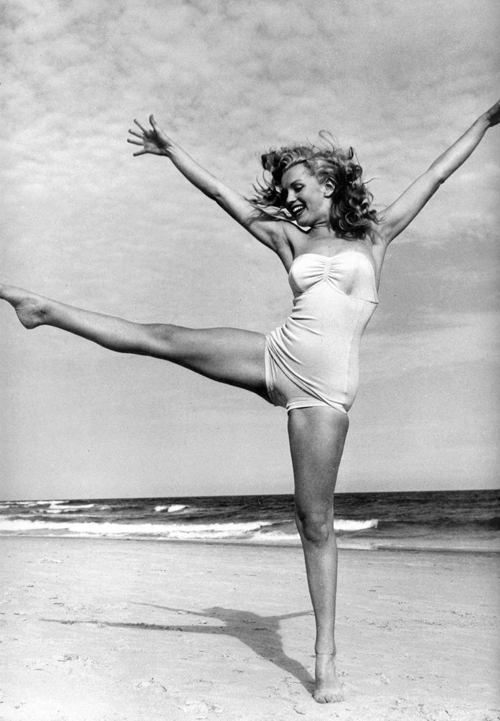
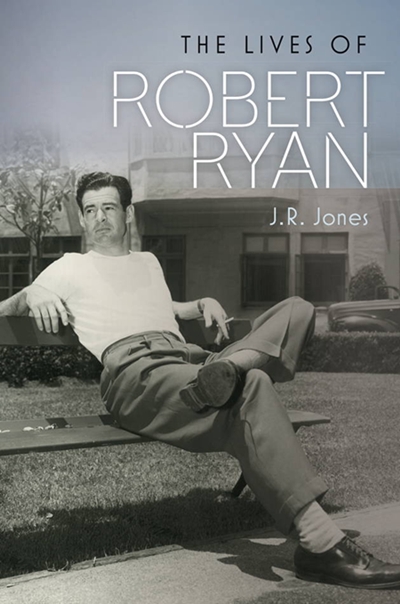
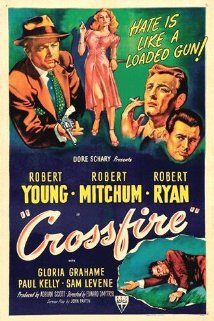
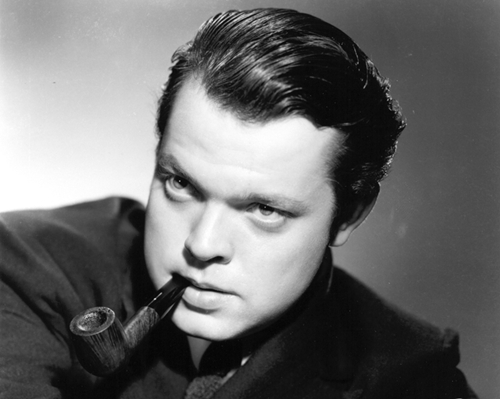






From FNB readers